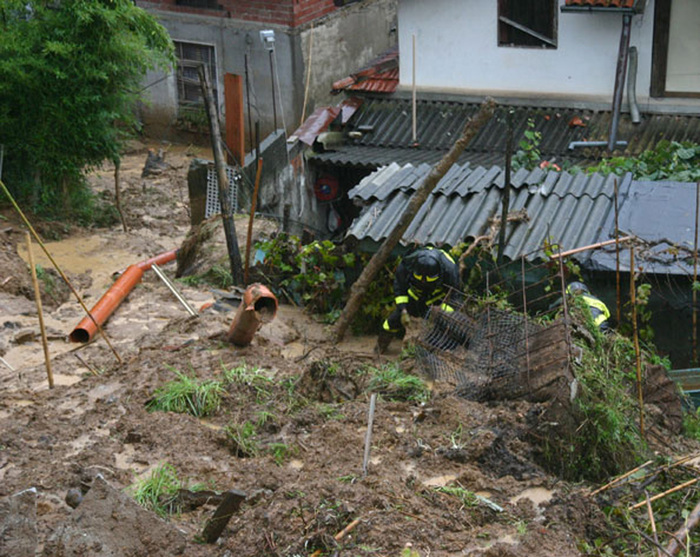The national area at risk of hydrogeological instability increases in 2021.
The increase in areas potentially subject to landslides is close to 4% compared to 2017 and that for floods 19%.
Almost 94% of Italian municipalities are at risk of instability and are subject to coastal erosion and over 8 million people live in highly dangerous areas, according to the 2021 Ispra report "Hydrogeological instability in Italy".
Positive signs arrive from the Italian coasts: "after 20 years, in the face of numerous protection interventions, the advancing coasts are higher than those in retreat".
In 2021, over 540,000 families and 1,300,000 inhabitants live in landslide risk areas, while approximately 3 million families and nearly 7 million inhabitants reside in flood risk areas.
The regions with the highest population values in landslide and flood risk areas are Emilia-Romagna (almost 3 million inhabitants at risk), Tuscany (over 1 million), Campania (over 580 thousand), Veneto (almost 575 thousand) , Lombardy (over 475 thousand), and Liguria (over 366 thousand).
The causes range from the morphology of the territory to climate change and land consumption.
"The data and maps of the report want to increasingly represent a fundamental element in support of political decisions to combat hydrogeological instability, including those envisaged by the national recovery and resilience plan", affirms the president of Ispra, Stefano Laporta, at the presentation of the report.
"In the Pnrr - continues Laporta - specific interventions are foreseen in the prevention of hydrogeological instability which testify how important this issue is in order to be able to carry out the other interventions envisaged in the plan".
Returning to the data of the report, 565 thousand buildings (3.9%) are in areas with high and very high landslide hazard, while just over 1.5 million (10.7%) fall into floodable areas in the average scenario .
The industries and services located in areas at risk are over 84 thousand due to landslides, with 220 thousand workers exposed to risk, while those exposed to the danger of flooding exceed 640 thousand (13.4%).
Of the more than 213 thousand architectural, monumental and archaeological assets, those potentially subject to landslides are over 12 thousand in areas with high danger;
they reach a total of 38,000 units if we also consider those located in less dangerous areas.
The cultural heritage exposed to floods, which are just under 34 thousand in the scenario with average danger, reach almost 50 thousand in the one with low probability of occurrence (extreme events), which would however have risks of damage to the cultural heritage "inestimable and irreversible ", underlines Ispra.

